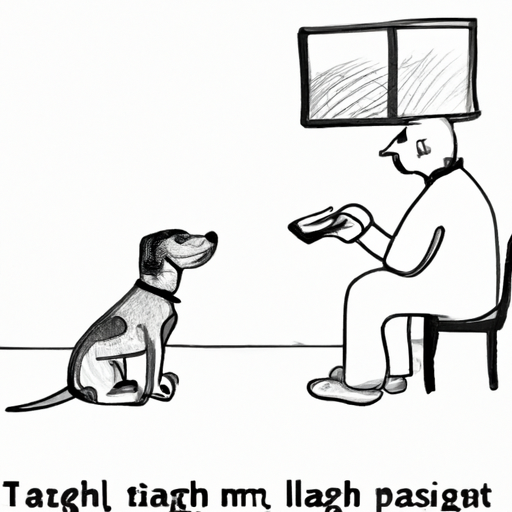Understanding the Learning Process
From the moment you bring your furry friend home, they begin the journey of navigating their new environment, and a significant part of this process involves learning their name. As a caregiver, you play an essential role in this learning phase.
Dogs, like humans, learn through a process known as associative learning. They associate sounds, gestures, and actions with specific outcomes. When you consistently call your dog by its name followed by a positive experience such as petting, playing, or feeding, they start associating the sound of their name with something pleasant.
Here’s a simple breakdown of the process:
- Initiation: You call your dog by its name.
- Association: The dog links the sound of its name with a positive experience.
- Repetition: The process is repeated, strengthening the association.
The Role of Positive Reinforcement
Positive reinforcement plays an integral part in helping dogs learn their names. This training method involves rewarding your pet for displaying a desired behavior, which encourages them to repeat it in the future.
Consider the following points when using positive reinforcement:
- Always reward your dog immediately after they respond to their name.
- Use rewards that your dog finds appealing such as favorite treats, toys, or praise.
- Be consistent with rewards to reinforce the association.
The Importance of Consistency and Clarity
Consistency and clarity are key in teaching your dog to respond to their name. It’s crucial to use the same name each time and to make sure it isn’t confused with common commands.
For example, if your dog’s name is ‘Sit’, they might confuse it with the ‘sit’ command. To avoid such confusion, choose a unique name that’s easy for your dog to distinguish.
The Impact of Tone and Body Language
Dogs are incredibly intuitive creatures. They don’t just listen to the words we say; they also pay attention to our tone and body language.
When calling your dog, use a cheerful, positive tone to make the interaction enjoyable for them. Your body language should also indicate that you’re inviting them towards you.
Dealing with Challenges
Despite your best efforts, there might be times when your dog seems unresponsive to their name. Don’t be disheartened. Patience, consistency, and understanding are vital during these times.
If your dog isn’t responding to their name:
- Revisit the basics of positive reinforcement.
- Make sure the learning environment is free from distractions.
- Consult with a professional trainer for more personalized advice.
Frequently Asked Questions
How long does it take for a dog to learn their name?
Typically, a dog may learn their name within two weeks to a month. However, each dog is unique, and the learning speed can vary.
Can dogs forget their names?
Yes, especially if their name is not consistently used or if they’ve been re-homed and are being called by a new name.
Can I change my dog’s name?
Yes, you can, especially if it’s a rescue dog or if the current name has negative associations. The process is the same as teaching them their first name.
What if my dog isn’t responding to their name?
Try minimizing distractions during training and make sure to reward them immediately after they respond to their name. If the issue persists, you might want to consult a professional trainer.
How do I choose a good name for my dog?
A good dog name is usually short, distinctive, and doesn’t sound like common commands. Ultimately, choose a name that you and your dog will be happy with.



